There is this nice schematic to block reverse currents:
As you can see, it turns on at around 3.9 V.
I'm trying to mimic BAT1 a full disconnection with this circuit. BAT1 is a power bank, and my previous bank was providing -3 V after a certain period to check if the connection has been disconnected (it didn't restart charging until a physical disconnection and reconnection).
Now I got a new power bank which doesn't go down to -3 V, but to only 0.5 V, and it can (of course) detect M1 through its diode and R2 and SW1.
Can I somehow cut the load (raise the resistance to as large as possible) below 1 V (or 3.3 V, doesn't matter)?

